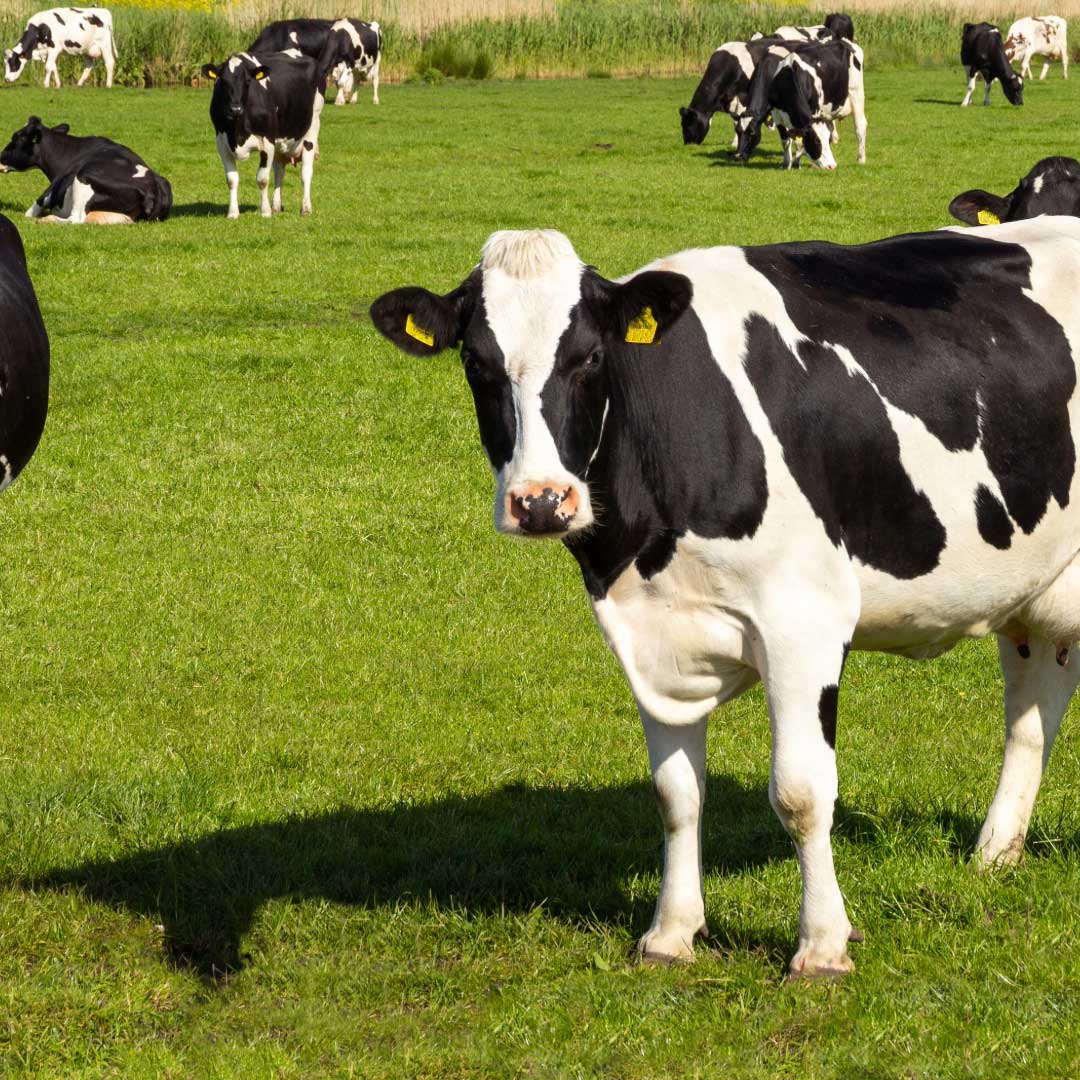El agua: un nutriente crítico y subvalorado en becerras de leche
El agua contribuye al 75 por ciento del peso corporal de los terneros, lo que hace que este nutriente sea un requerimiento diario esencial.

Explore research-based management strategies to enhance Animal Welfare and Herd Health, recognizing the relationship between optimal animal care and the success of dairy business.




El agua contribuye al 75 por ciento del peso corporal de los terneros, lo que hace que este nutriente sea un requerimiento diario esencial.
When cows are heat stressed, they eat less, produce less milk, have reduced immune function and higher SCC, and show reduced fertility. A spike in lameness often follows the hot season.
Combating heat stress in the herd requires an action plan to prevent heat stress and address heat stress-related issues.
Highly Pathogenic Avian Influenza (HPAI) H5N1 virus is an emerging issue that poses a significant threat to the health and well-being of dairy herds.
Fiber in the diet provides an important role in rumen function and digestive health. The varying levels of digestibility of fiber are due, in part, to differences in the amount of lignin, the part of the plant cell wall that provides the plant rigidity.
In this video Michaela Clowser, Tammy Vaassen and Bill Halfman discuss the 2022 NCBA Quality audit results with dairy and beef producers.
In this UW-Madison Extension Dairy Program webinar, Department of Animal & Dairy Sciences Lactation Physiology Professor Laura Hernandez discusses calcium metabolism in the mammary gland, the physiology during the transition period, and other things the mammary gland needs to thrive.
Handling cows is necessary to harvest milk and provide animal care, but these interactions also present a risk of injury to personnel. Inappropriate cow handling threatens animal welfare, milk production, and public trust in dairy farming. But how can the industry best teach these skills? Interactive learning experiences can help build confidence by allowing dairy workers to actively participate in their own training.
When it comes to health issues on a dairy farm, lameness is usually a main concern along with mastitis and reproductive issues. Lameness includes any abnormality which causes a cow to change the way she walks.
The sheer volume of information collected on a dairy farm may seem daunting to keep track of, but proper recordkeeping can play a vital role when making decisions. One area that may not receive as much attention is animal health events, especially hoof health. How would your current animal health records rate if they were compared to the requirements established by the Food and Drug Administration (FDA) Code of Federal Regulations (CFR) 21CFR530.5?
Nutrition affects more than just the cow’s digestive system. The effects of an imbalanced diet can be seen throughout the animal’s body. Of particular interest are concentrates, such as grain-based feed ingredients, that typically contain high amounts of sugar and starch.
Dairy cow housing facilities are a double-edged sword regarding hoof health and lameness. Built right and managed properly, housing facilities can limit the problem and aid recovery.